The goal is clean seas in the Florida Keys
By Larisa Bennett
November 2018
In September of 2017, Hurricane Irma rammed through Florida Keys National Marine Sanctuary. High winds swirled destructive currents around reefs and through seagrass beds as strong waves battered island coastlines. Large amounts of marine debris carried by Irma’s powerful Category 4 winds and waves wound up in the ocean.
Marine debris is any manufactured material that is disposed of, whether intentionally or unintentionally, in the ocean. When such material ends up littering the seafloor it becomes difficult to remove due to its inaccessibility. Debris on land can be easily picked up and disposed of. When trash is submerged, though, scuba divers must retrieve it using appropriate removal techniques.
In response to the debris left behind by Hurricane Irma, Florida Keys National Marine Sanctuary launched Goal: Clean Seas Florida Keys to clean up underwater debris.
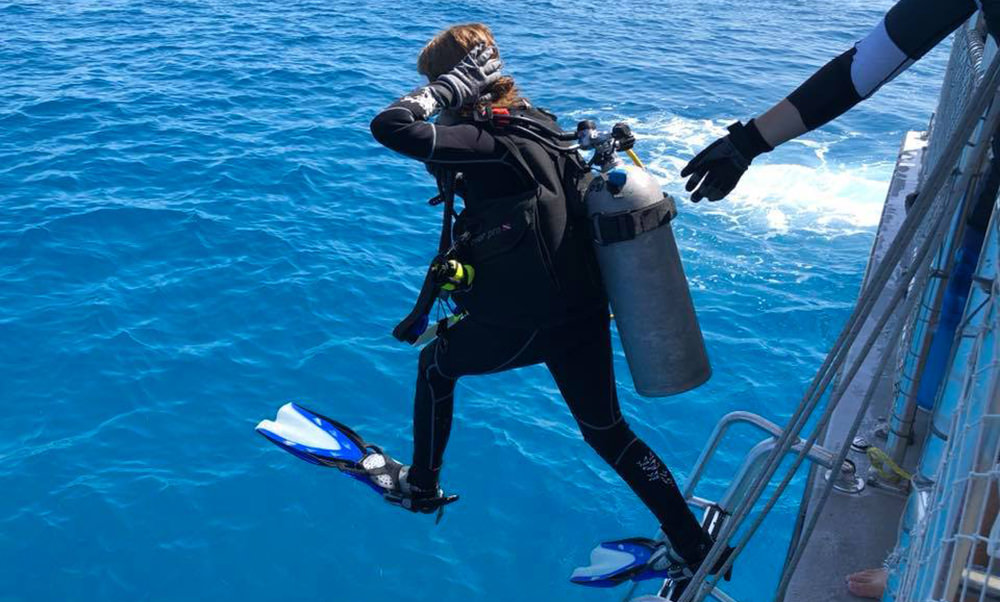
Goal: Clean Seas Florida Keys issues permits and trains professional dive shop staff to lead underwater cleanup efforts in Florida Keys National Marine Sanctuary. The objective is to remove hard-to-reach submerged marine debris without further damaging sensitive marine organisms and their habitat. Once permitted to remove marine debris and operate in Sanctuary Preservation Areas, dive charter operators can offer special cleanup dives as part of their schedule. Dive operators invite trained scuba divers to participate in the marine debris removal project. Funding from the National Marine Sanctuary Foundation is helping to support the initiative.
Marine debris – whether small bits of plastic, tangled clumps of fishing nets, or chunks of dock and building rubble – can be extremely harmful to marine life. If ingested, plastic can block up sea creatures’ stomachs. When entangled by nets and lines, marine mammals and sea turtles can drown. Large debris can damage or kill corals and flatten swaths of seagrass meadow habitat.
After Irma, marine debris became a more serious problem. All sorts of debris, including boat bits, lost fishing gear, and massive coils of twisted rope, was hurled into the ocean. The bombardment damaged habitat like sensitive coral reefs and seagrass meadows that many marine creatures depend on. Additionally, large numbers of lobster traps were displaced by Irma and dispersed across the seafloor. The lost traps can continue to unintentionally trap marine life once lost in the waves.
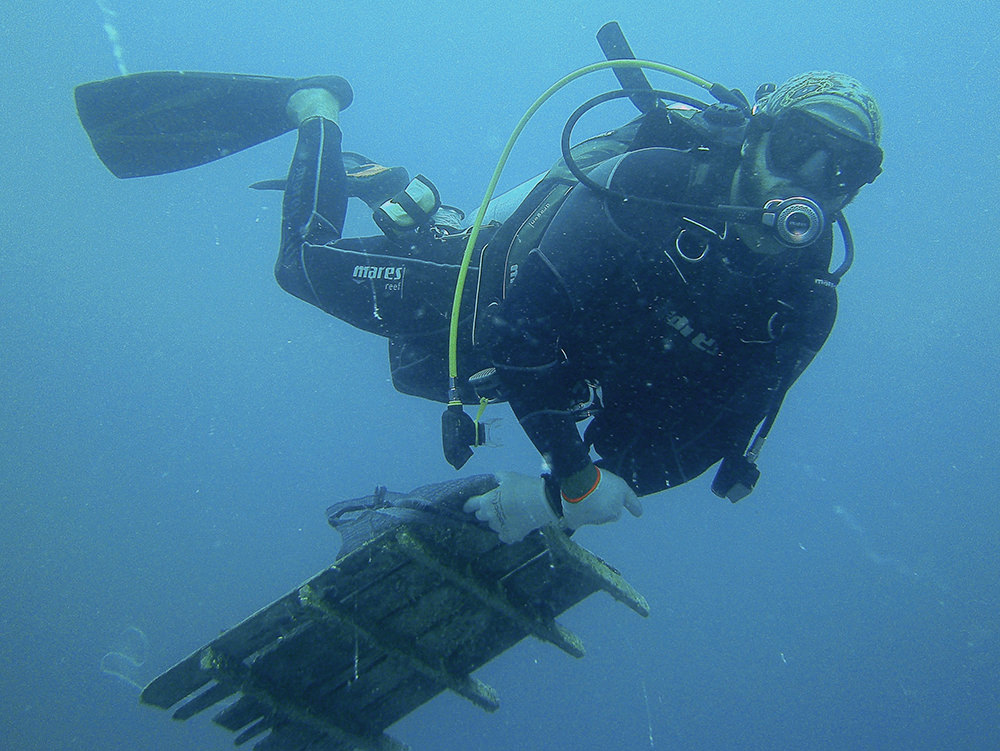
As of October 2018, the Goal: Clean Seas Florida Keys initiative has collected an incredible 6,930 pounds of debris and over 5,400 feet of fishing and trap line. Cortney Benson, the conservation coordinator for Key Dives, one of the 10 dive operations permitted through the initiative, reports that the program has been highly successful. “We have had a full boat of divers every time and have gathered so much debris each time that we have barely had enough room to put people back in the boat,” Benson says.
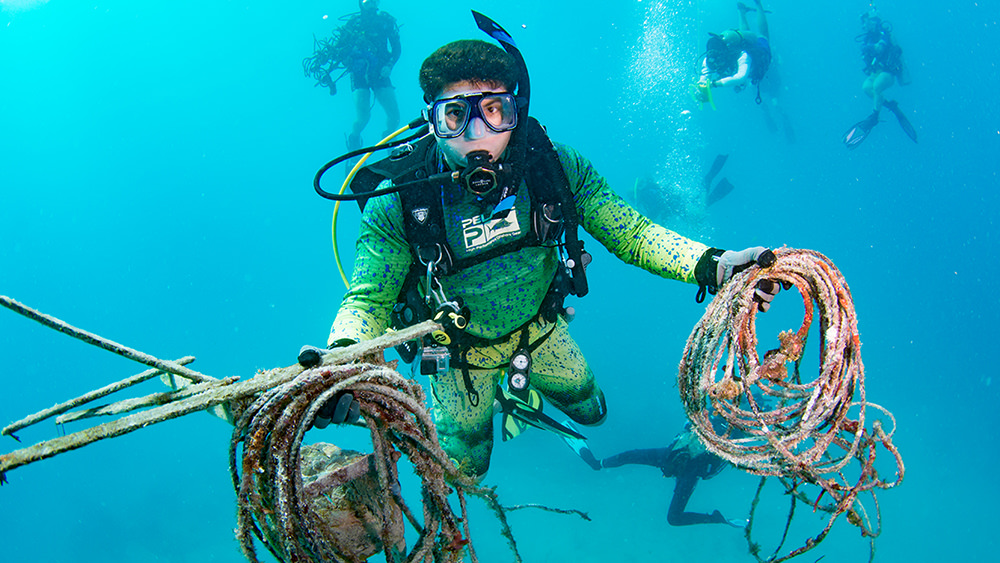
Goal: Clean Seas Florida Keys trains dive operations like Key Dives, among others, to properly remove submerged marine debris using the approved sanctuary guidelines. Divers are instructed not to remove debris when the removal process would cause more harm than good, such as when live coral has colonized and grown over the debris.
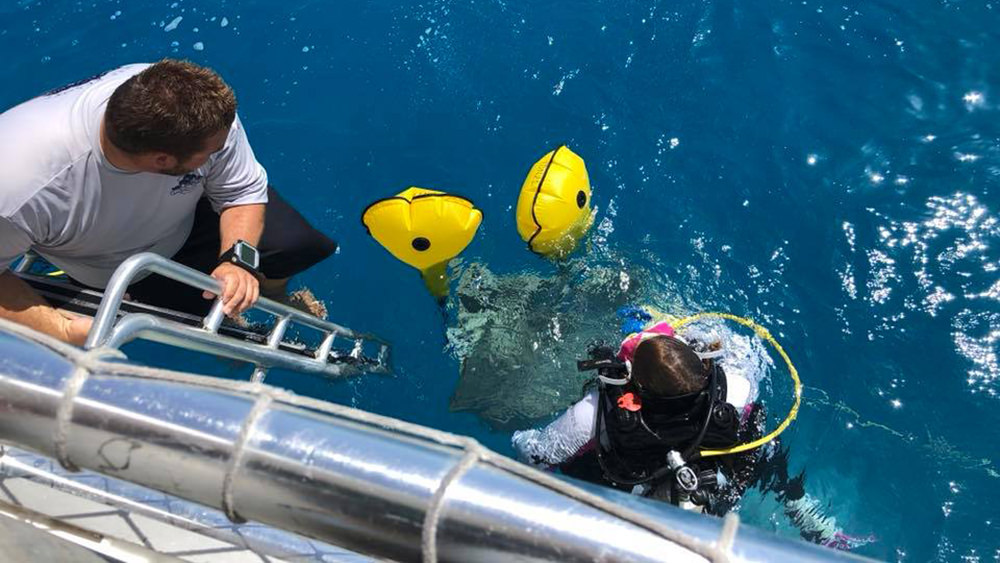
Another of the 10 permitted dive operations is DiveN2Life – a nonprofit focused on training middle schoolers, ages 10 to 13, to be responsible divers. The operation was initiated in 2016 by Kama Cannon, who says these young divers are “learning to give back to their communities by protecting the marine resources they have the privilege to be in.” A responsible environmental awareness and proactive caretaker role is especially important for the younger generation being taught at Cannon’s DiveN2Life program. They are the future generation who will protect the Florida Keys National Marine Sanctuary as well as other treasured ocean resources.
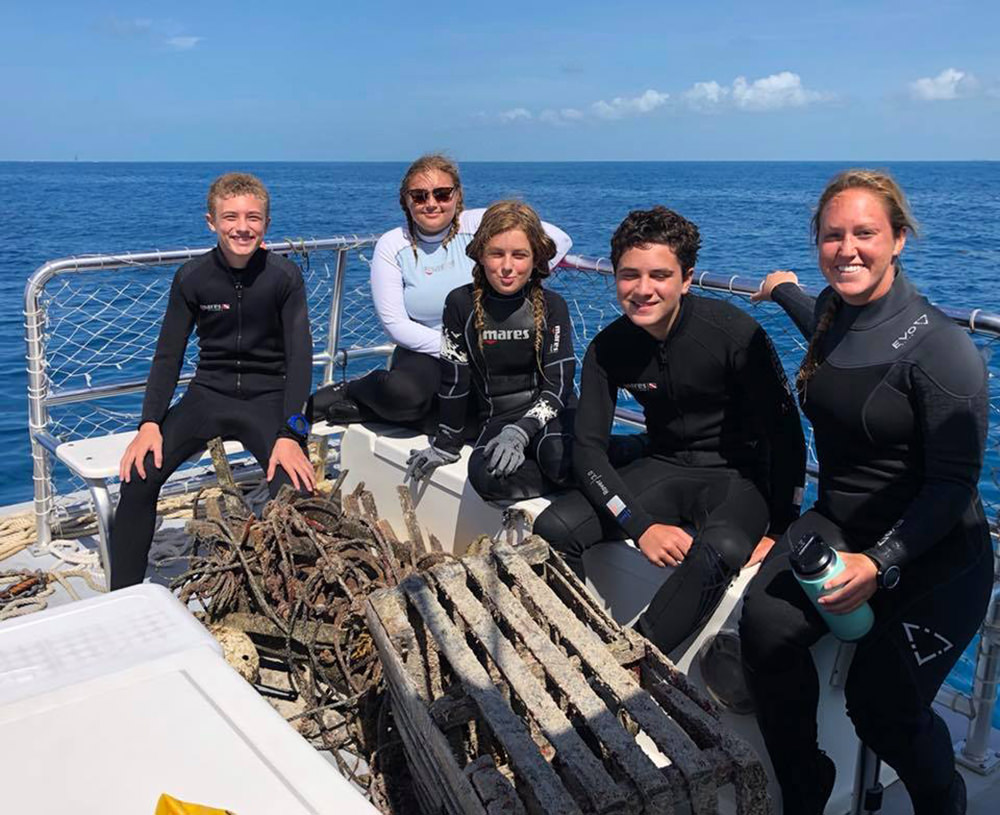
Marine debris is a serious problem in Florida Keys National Marine Sanctuary – especially in the aftermath of a major hurricane such as Irma. With Goal: Clean Seas Florida Keys, there is hope that submerged marine debris in the sanctuary can be cleaned up for the benefit of ecosystems, resident creatures, and sanctuary visitors alike. Jack Fishman was a former instructor with another permitted dive operator Rainbow Reef Dive Center and now is a community conservation officer for Project AWARE, a partner in this initiative. He puts it best: “The Goal: Clean Seas Florida Keys program is the accumulation of the best parts of the Florida Keys community. This collaboration between the sanctuary, partnered with the passion and actions of the local dive centers, allows divers the resources needed to tackle marine debris issues head-on." He adds, "It also creates a safe place where the dive community can come together, in order to make a difference in the Florida Keys, and set a positive example for the rest of the world to follow.” Clean Seas everywhere is the ultimate “Goal.”
Larisa Bennett is an outreach intern for NOAA's Office of National Marine Sanctuaries and a graduate student at UNC Chapel Hill.

